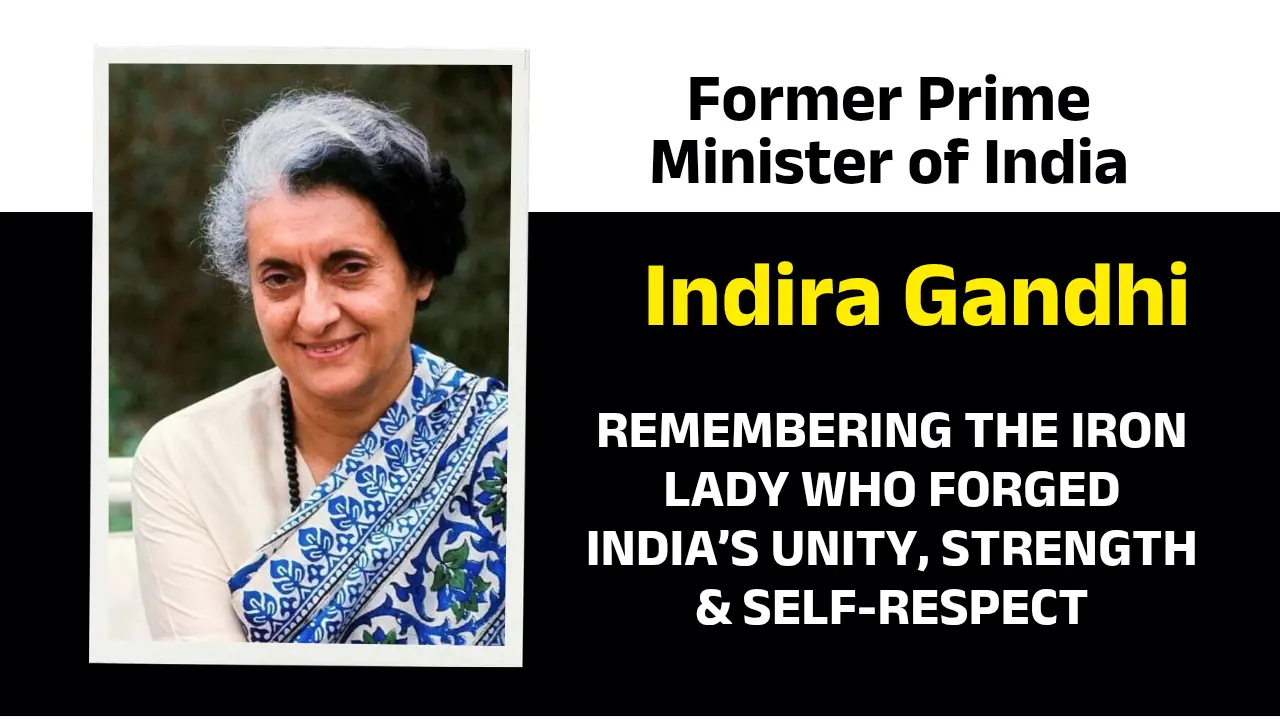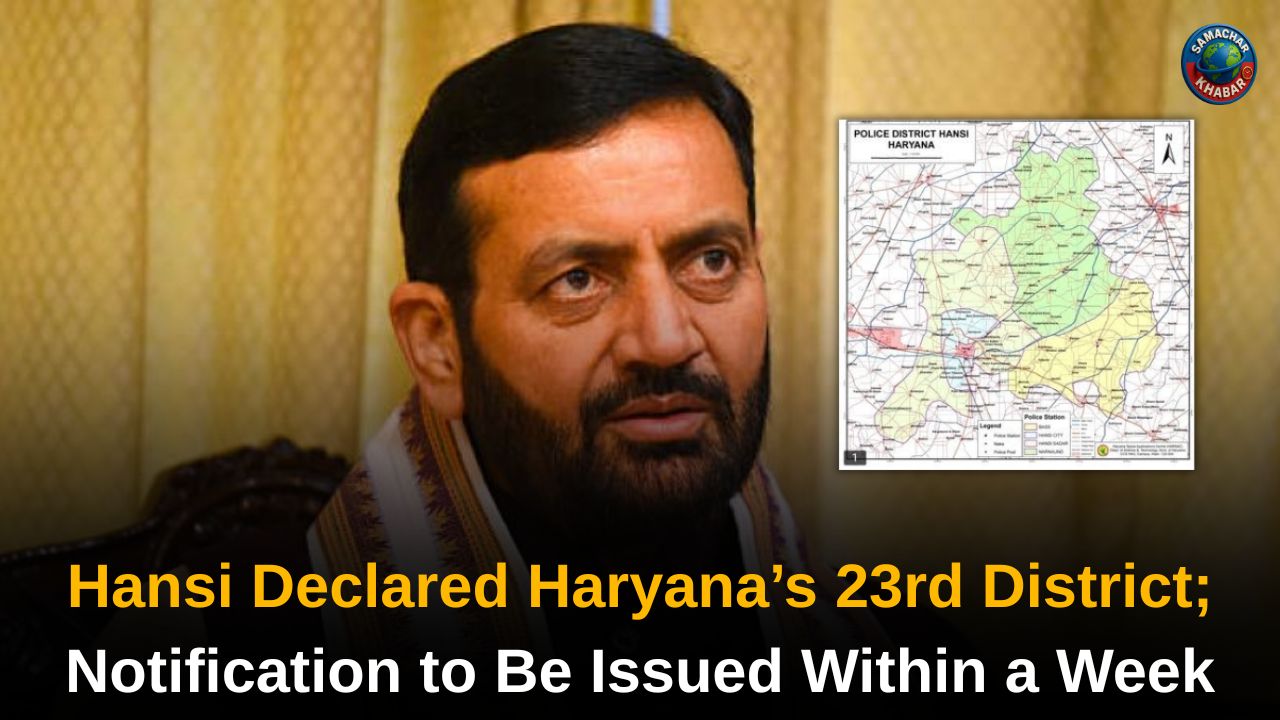Indira Gandhi Death Anniversary 2025: On 31 October 2025, India marks the 41st death anniversary of Indira Gandhi , the nation’s first woman Prime Minister and a leader whose decisions and courage reshaped the country. From bold economic reforms and battlefield leadership to a tragic end at the hands of her own guards, her life remains etched in India’s collective memory.
Today, as the Indian National Congress pays solemn tribute, we revisit her legacy of strength, the circumstances of her assassination, and the transformative steps she took to make India self-reliant, unified and proud.
Key Takeaways – Indira Gandhi’s Enduring Legacy
- Tributes and Remembrance: On her martyrdom day, Congress leaders including Mallikarjun Kharge, Sonia Gandhi and Rahul Gandhi paid homage at the memorial site Shakti Sthal, underlining her role as a symbol of India’s dignity and unity.
- Assassination & Aftermath: On 31 October 1984, Indira Gandhi was assassinated by her two Sikh bodyguards, Satwant and Beant Singh, following the controversial military operation in Punjab. Her death triggered one of the most violent outbreaks of communal unrest in India’s history.
- Five Landmark Decisions: Her premiership is marked by five defining actions : nationalisation of banks (1969), the Green Revolution, leading India in the 1971 Bangladesh war, the first nuclear test (1974), and the merger of Sikkim (1975) into India. These moves redefined India’s economic and strategic posture.
- Nation-first Leadership: The day’s tributes emphasise that Indira Gandhi taught the country that nothing is more important than India’s identity and self-respect , a message still resonant in India’s public discourse.
Paying Homage: Congress’ Tribute to an Icon
On the morning of 31 October 2025, senior Congress leaders gathered at the Shakti Sthal memorial in New Delhi to lay floral tributes for Indira Gandhi. Mallikarjun Kharge’s social-media post declared: “A humble tribute to the epitome of courage … who played a crucial role in preserving India’s unity and integrity.”
Rahul Gandhi, addressing the nation in Hindi, said: “Bharat ki Indira – fearless, determined, and unwavering… Grandma, you taught us that nothing is more important than India’s identity and self-respect.”
The mood across the country was reflective, as citizens recalled her role in national life and the larger meaning of her leadership.
The Day That Changed the Nation: Assassination and Its Echoes
On the morning of 31 October 1984, Indira Gandhi was walking from her residence at 1 Safdarjung Road toward the adjoining bungalow at 1 Akbar Road for a scheduled meeting with an Irish television team led by actor-director Peter Ustinov.
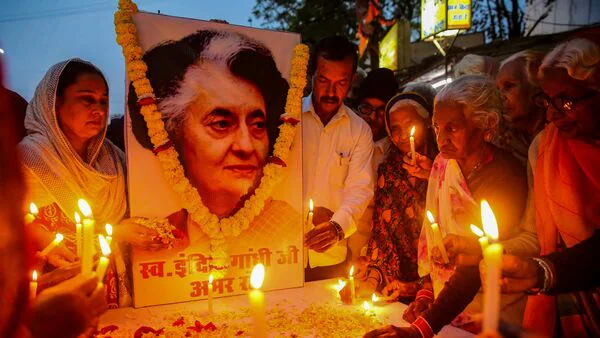
Two of her trusted Sikh bodyguards, Beant Singh and Satwant Singh, opened fire, reportedly over 30 bullets struck her. Beant was killed at the scene; Satwant was arrested, later tried, and executed in 1989.
Her death plunged India into a period of communal violence centred largely in Delhi and Punjab, with thousands of Sikhs killed in organised reprisals.
Five Historic Decisions That Shaped Modern India
1. Nationalisation of Banks (1969)
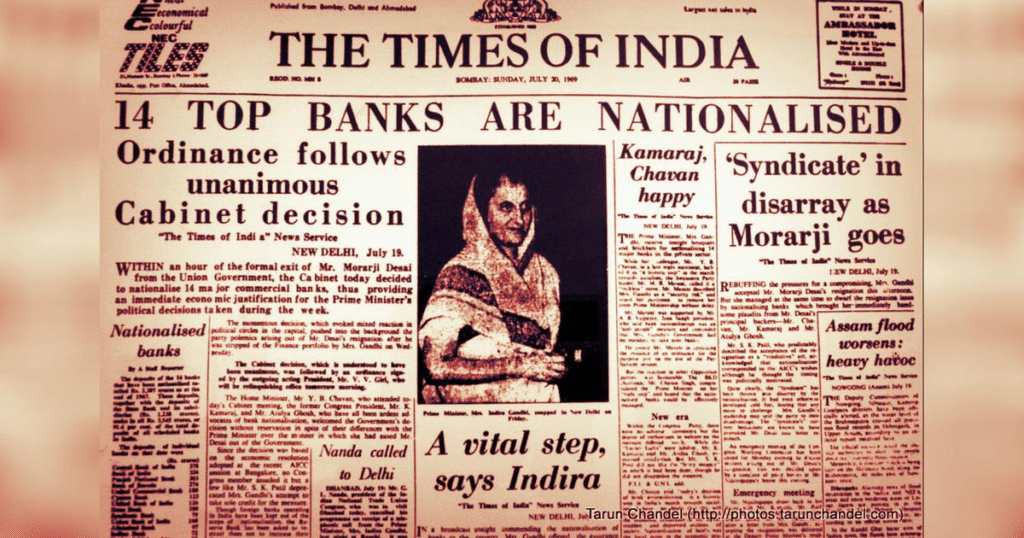
In July 1969, Indira Gandhi nationalised 14 of India’s largest commercial banks, citing the need for expanded credit to agriculture, small industry and rural areas. This move dramatically widened financial inclusion across underserved India and remains a milestone in the banking sector.
2. The Green Revolution
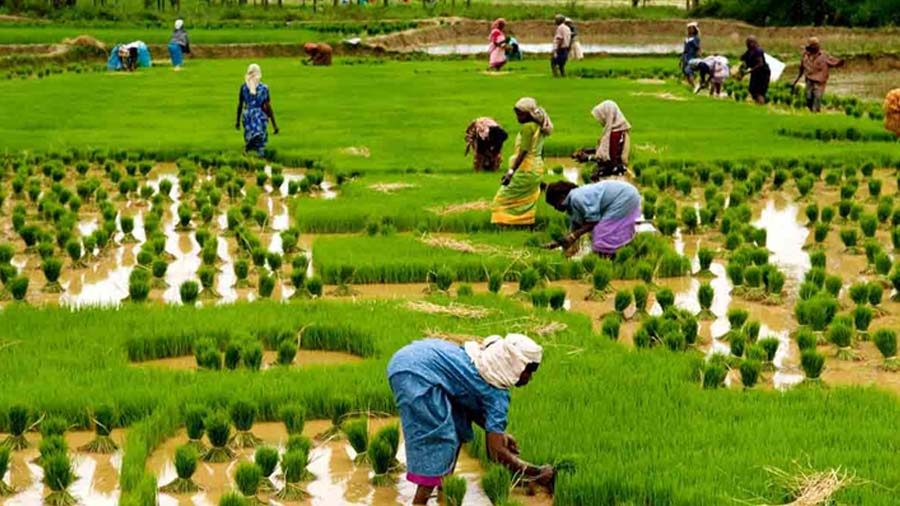
Under her leadership, India adopted high-yield seeds, improved irrigation and modern agricultural techniques , transforming the country from a food-deficit state to a food-grain surplus one. These reforms strengthened rural India and enhanced national food security.
3. The Bangladesh Liberation War (1971)
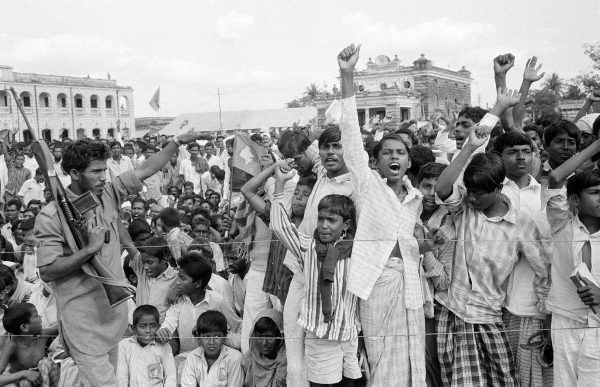
When East Pakistan moved toward independence, Indira Gandhi led India in decisively supporting the movement. Her strategic diplomacy and military strategy culminated in victory in December 1971 and the birth of Bangladesh. Her leadership in that conflict is widely regarded as bold and transformative.
4. India’s First Nuclear Test (1974)
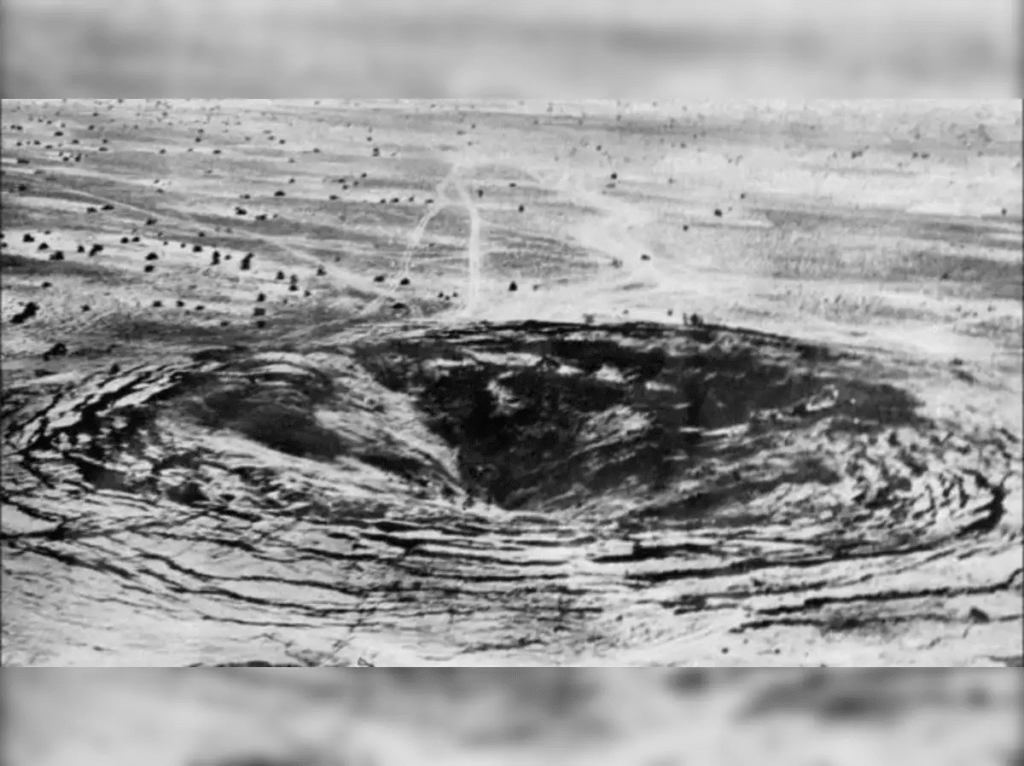
In May 1974, India conducted its first nuclear test at Pokhran, code-named “Smiling Buddha.” This step signalled India’s entry into the nuclear club and underscored Indira Gandhi’s vision of India as a self-reliant strategic power.
5. The Merger of Sikkim (1975)
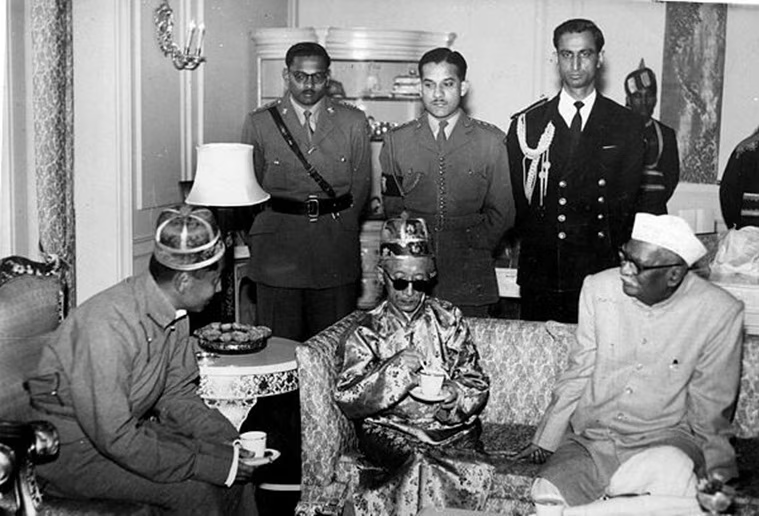
In 1975, Sikkim ceased to be a protectorate and became India’s 22nd state under the leadership of Indira Gandhi. This achievement consolidated India’s geographical integrity and diplomatic standing.
Indira Gandhi Death Anniversary: Why Her Legacy Still Resonates
Indira Gandhi remains a figure of contradictions and courage, a populist reformer, a wartime leader, and a controversial decision-maker. Her imprint on India’s economic structure, its strategic posture and its political culture is enduring.
The tributes paid on this anniversary reflect not only grief but also a recognition of her enduring message: that national dignity and self-respect are non-negotiable. Today, as India faces new challenges, her example of bold leadership, sacrifice and national service offers inspiration.
A Life Marked by Courage and Commitment
As India remembers Indira Gandhi on this solemn day, the thread that runs through her life is unmistakable: unwavering commitment to the nation. From striving to ensure every Indian had access to a bank branch, to leading a war that created a new country, to laying down her life believing in India’s unity and identity, her story transcends politics.
Her legacy is etched not only in statutes and history books, but in the aspirations of millions of Indians who continue to believe that strength, service and self-respect go hand in hand.
Divine Protection Lies Only with the Supreme Almighty: The Unique Spiritual Knowledge of Saint Rampal Ji Maharaj
No matter how powerful a person may be , whether a President, a Prime Minister, or a ruler of great empires, ultimate protection rests only in the hands of the Supreme Almighty. When the time of destiny arrives, neither wealth nor worldly power can save anyone. Even deities like Brahma, Vishnu, and Mahesh cannot alter the divine law of life and death.
According to the Rigveda (Mandala 10, Sukta 161, Mantra 2), it is revealed that the Complete God (Purna Parmatma) Himself descends on Earth to liberate souls. Scriptures from every religion : the Vedas, Gita, Quran, Bible, and Guru Granth Sahib , confirm that Kabir Saheb is the Supreme God who possesses the ultimate power to grant salvation and protect His devotees.
In the present age, Tatvdarshi Saint Rampal Ji Maharaj is imparting this eternal truth of Kabir Saheb Ji’s complete knowledge. His teachings reveal that only devotion to the Supreme God can save humanity from suffering and grant true peace and protection.
Saint Rampal Ji Maharaj’s divine works are visible today, through humanitarian efforts like the Annapurna Muhim, where crores worth of essential supplies have been distributed to flood-affected villages, saving countless farmers and laborers from despair. His mission stands as living proof that the Supreme Almighty continues to protect the righteous through His true Saint.
FAQs on Indira Gandhi’s Historic Decisions and Legacy
1. What were Indira Gandhi’s most significant decisions as Prime Minister?
Indira Gandhi made historic decisions like bank nationalization, the Green Revolution, the 1971 Bangladesh war, the Pokhran nuclear test, and Sikkim’s merger with India.
2. Why did Indira Gandhi nationalize Indian banks in 1969?
She nationalized 14 major banks to expand financial access, reduce inequality, and empower farmers, workers, and small entrepreneurs across rural India.
3. How did Indira Gandhi contribute to India’s food security?
Through the Green Revolution, she promoted advanced seeds, irrigation, and fertilizers, making India self-reliant in food production.
4. What was the significance of the 1974 Pokhran nuclear test?
The Pokhran test, called “Smiling Buddha,” made India a nuclear power, proving its scientific and strategic strength globally.
5. How did Indira Gandhi influence the Bangladesh Liberation War of 1971?
She supported Bangladesh’s independence through diplomatic and military leadership, leading to India’s decisive victory over Pakistan.

